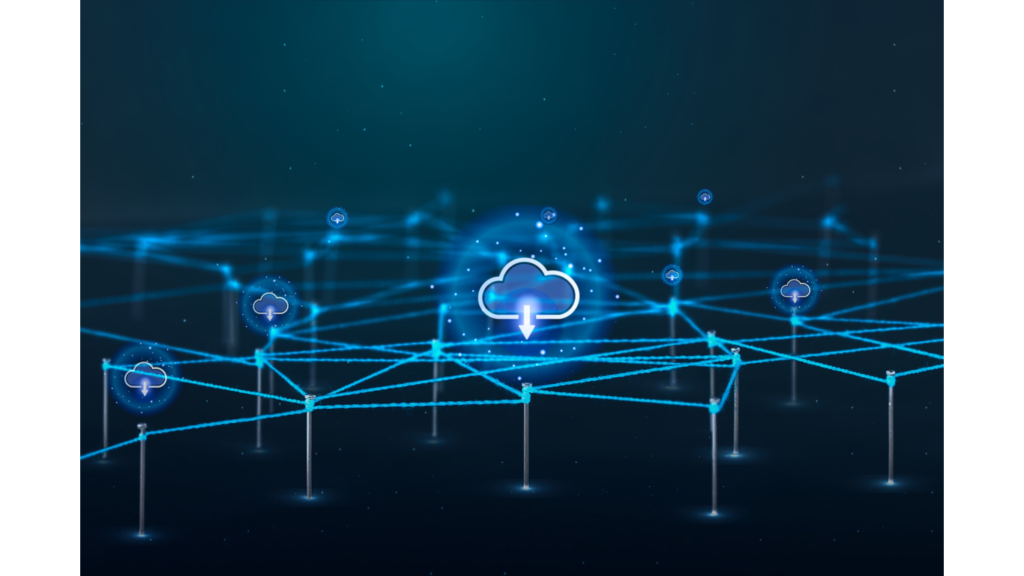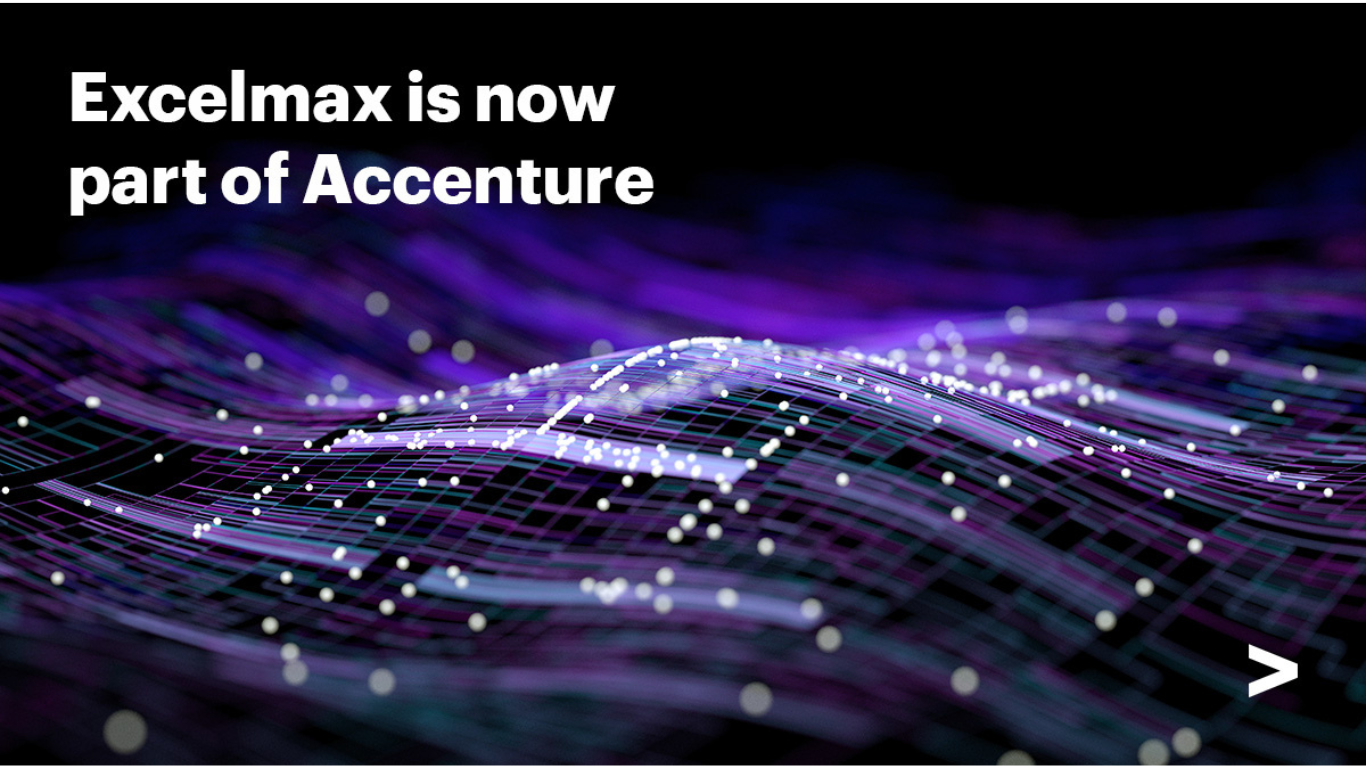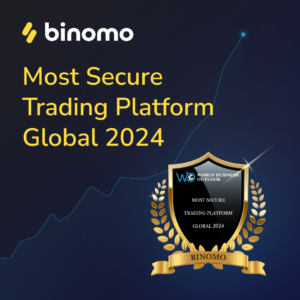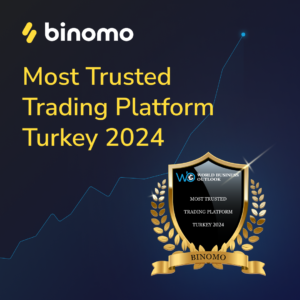Technology is grappling the world with new innovations without bounds. It has become so fierce that too much has become too little. Since its beginnings, the field of computers has advanced significantly. From large, room-sized mainframes that required extensive cooling systems to fit into a data centre to compact devices that can fit into the palm of your hand, technology has undergone a remarkable transformation. One such evolution in the world of computing is the rise of edge computing. This blog will give you an overview of edge cloud technology, covering everything from its origins to the most recent developments.
The Chronicles of Edge Computing
Akamai launched its content delivery network (CDN) in the 1990s, thus marking the beginning of edge computing. Network nodes that cached static media closer to end users were part of the technology. Subsequently, in 1997, Nobel et al.’s “Agile application-aware adaptation for mobility” showed how many programmes, including web browsers, video players, and speech recognition software, can delegate specific tasks to strong servers (surrogates) when operating on mobile devices with limited resources. The aim was reducing the workload on the user-end computing devices and to extend the battery life of mobile devices. For instance, speech recognition technologies offered by Google, Apple, and Amazon nowadays operate on this principle. The first decentralised computer systems were created in response to the demand for more reliability, lower latency, and faster processing. By bringing processing closer to the point of data generation, these systems lessened their reliance on the constrained bandwidth and latency that come with sending data to a central data processing centre. These decentralised systems’ inception served as a precursor to edge computing as we know it today.

The Next frontier in the Millennial Era
As suggested, several peer-to-peer (also known as distributed hash table) overlay networks were deployed in 2001 for scalable and decentralised distributed systems. These self-organising overlay networks make load balancing, object placement, and routing effective and fault-tolerant. By using these systems, we can take advantage of the network proximity of underlying physical connections on the internet to avoid long-distance interconnections between peers. This reduces the total load on the network and enhances application latency.
Now coming to cloud computing, as it has a major influence on edge computing. It garnered attention, especially in 2006, when Amazon promoted its ‘Elastic Compute Cloud’. This paved the way for new opportunities in terms of computation, visualisation, and storage capacity. Cloud computing as a whole was not, however, the answer in every situation. The development of autonomous vehicles and the industrial IoT, for instance, has led to a growing focus on local information processing to facilitate quick decision-making.
Another term known as Cloudlet came into the picture when Satyanarayanan et al. displayed their paper ‘The case for VM-based cloudlets in mobile computing’ in 2009. The paper highlighted latency and introduced a two-tier architecture. The first tier is known as a cloud (high latency), and the second as a cloudlet (lower latency). The latter are decentralised and widely dispersed internet infrastructure components. Nearby mobile computers can leverage the compute cycles and storage resources of those computers. Moreover, a cloudlet only stores a soft state, such as cached copies of data.
Additionally, Cisco introduced the term fog computing for dispersed cloud infrastructures in 2012. Encouraging IoT scalability—that is, the ability to manage massive IoT device counts and massive data volumes for real-time low-latency applications—was the main goal.

Powering the Future: Unveiling the Latest Breakthroughs in Edge Computing
- T-Mobile and Google Cloud partner on edge computing and 5G, providing businesses with further opportunities to adopt digital transformation. In order to assist customers in embracing next-generation 5G apps and use cases, such as AR/VR experiences, T-Mobile will integrate Google Distributed Cloud Edge (GDC Edge) with the 5G Advanced Network Solutions (ANS) suite of public, private, and hybrid 5G networks.
- VMware provides an effective transformation of business operations at the edge. With the help of the robust new VMware Edge Cloud Orchestrator, enterprises can install, configure, run, and maintain their edge installations more securely. This tool is built upon the well-established network automation and orchestration capabilities.
- IBM and American Tower formed a partnership to expedite the implementation of a multi-cloud, hybrid computing platform at the edge. American Tower intends to add Red Hat OpenShift and IBM hybrid cloud capabilities to its ecosystem of neutral-host Access Edge Data Centres.
- An international supplier of semiconductor technologies unveiled the eBMC chip. This cutting-edge solution, created specifically for edge computing platforms, promises to improve the edge computing environment’s efficiency, security, and management capabilities.
- Essilor Luxottica and Meta Connect collaborated to create the upcoming Ray-Ban Meta smart glasses line. Along with better audio and cameras, the new glasses come with more than 150 unique combinations of bespoke frame and lens options. Additionally, live streaming from the glasses to Facebook or Instagram is possible. By simply saying “Hey Meta,” users can communicate with Meta AI through voice commands.
The Future of Edge Computing
As technology continues to evolve, edge computing is poised to play a pivotal role in the future of computing. Edge computing provides a scalable and flexible solution that can handle the exponential growth of IoT and the demand for real-time data analysis.
Additionally, the emergence of 5G networks offers the necessary infrastructure to support edge computing on a larger scale. As technology continues to progress, the future holds tremendous potential for edge computing to revolutionise industries and empower the next generation of smart devices and applications.
Blog by Tamanna Shaikh





















































